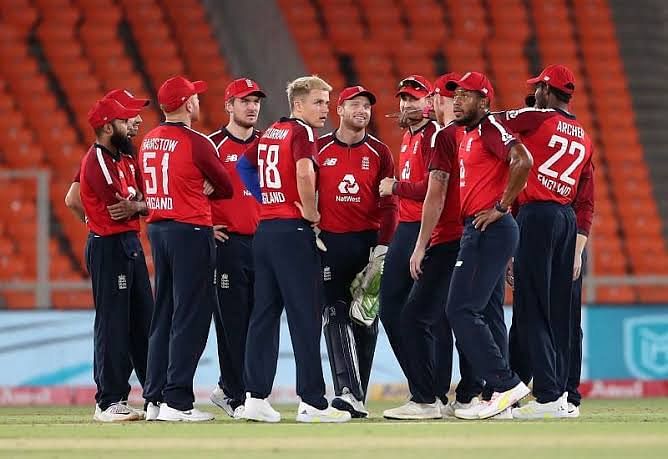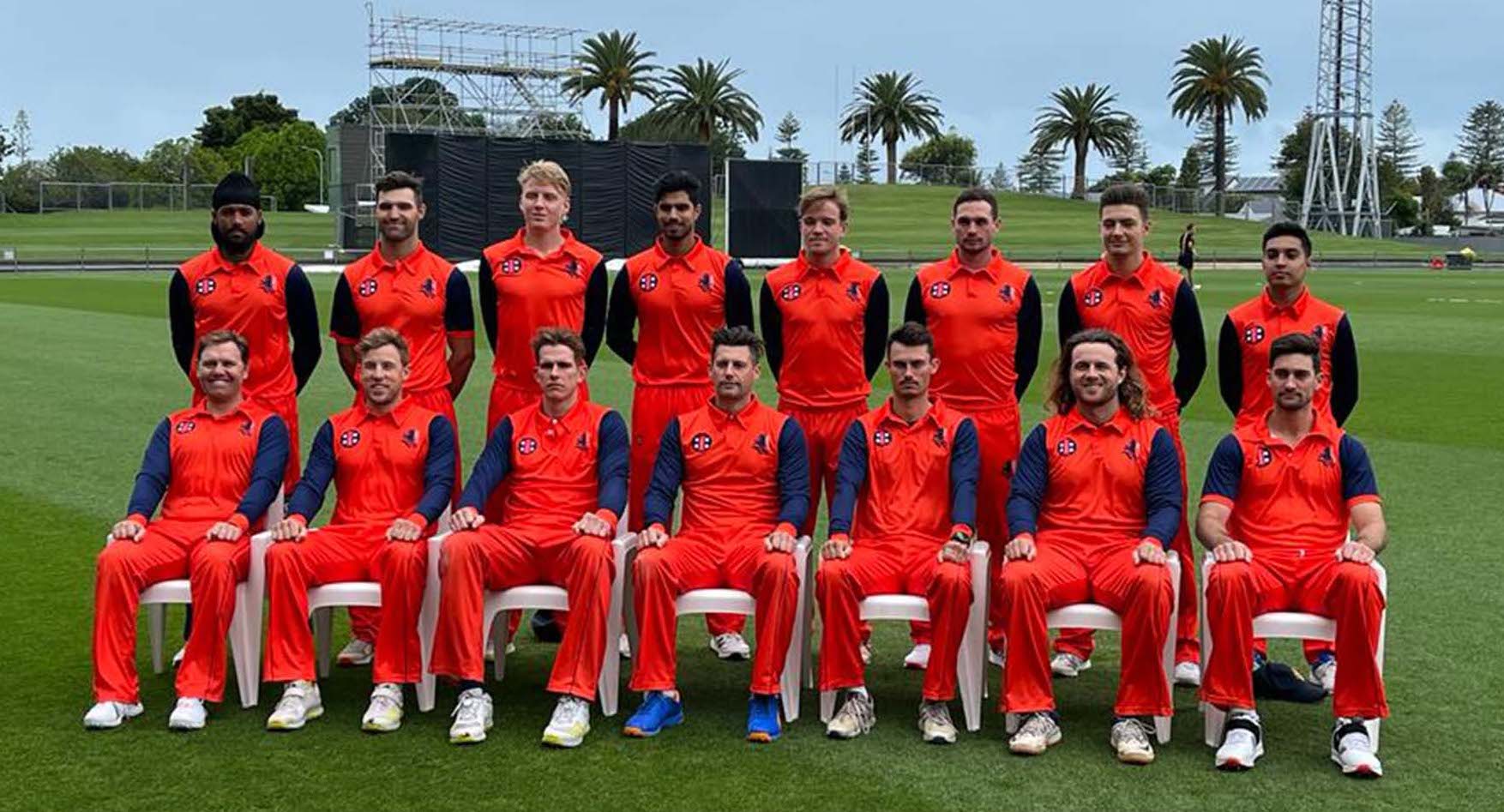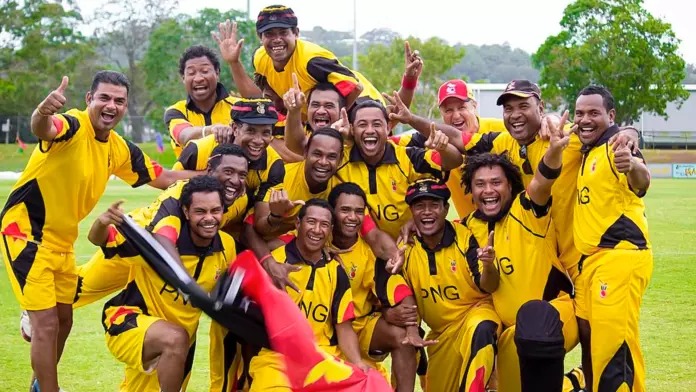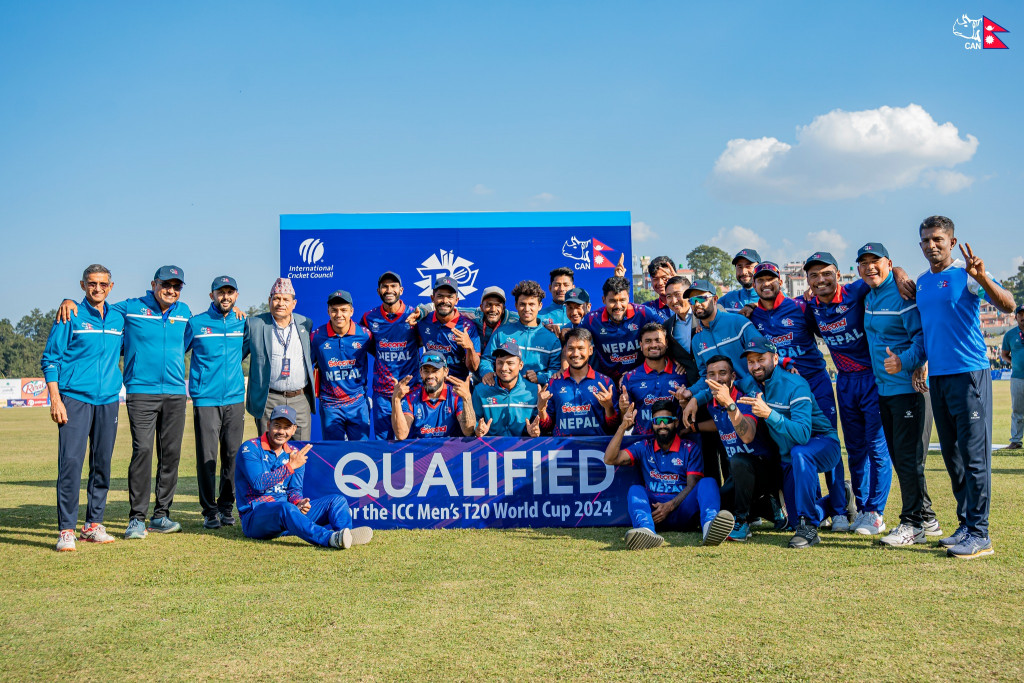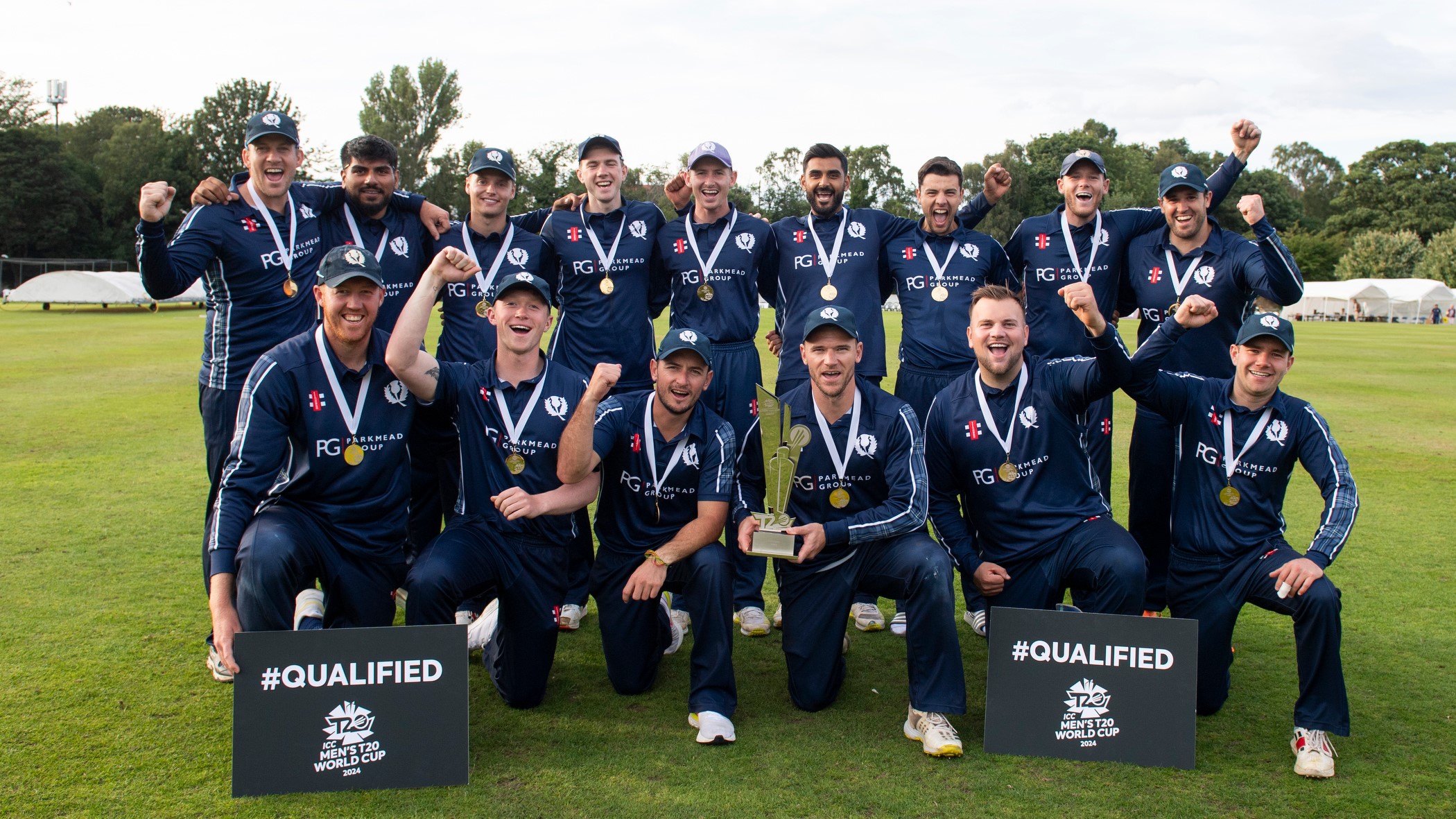It feels like yesterday doesn’t it? Murali deceiving batsmen with his guile and impeccable wrist movements, Malinga crushing toes with his eccentric sling arm action, Vaas swinging the ball right left and centre, and Sangakkara and Jayawardene making batting seem so pleasing to the eyes. The good old days where the unassailable Aussie outfit actually had a team that was giving them a run for their money.
As ugly and unpleasant as it may sound, Sri Lankan cricket is now rapidly sinking into a quicksand they have ventured upon themselves. Before we get into the details, here are some stats for you to recognize the severity of the crisis.
Post the conclusion of the 2019 World Cup, Sri Lanka have only won 15 of the 52 matches they have partaken in at an abominable win rate of 28.8 percent. This is the worst win percentage among the top 9 teams that have played a minimum of 30 matches since the 2019 WC.
Dasun Shanaka is set to become the 10th ODI captain for Sri Lanka since 2017 while there have been as many as five coaches in the last 8 years. This just goes to show the amount of distrust and confidence the board has in the team management and players.
| Team | Wins | Matches | Win Percentage |
| India | 41 | 64 | 64.1 |
| New Zealand | 30 | 50 | 60 |
| England | 37 | 68 | 54.4 |
| Australia | 25 | 49 | 51 |
| Pakistan | 26 | 53 | 49.1 |
| West Indies | 26 | 62 | 41.9 |
| South Africa | 16 | 41 | 39 |
| Bangladesh | 18 | 47 | 38.3 |
| Sri Lanka | 15 | 52 | 28.8 |
It has now become routine for Sri Lanka to languish at the bottom (Stats as of 11th July 2021)
What’s even worse is the board’s flagrant disregard for women's cricket. The Sri Lankan women’s team has not played a single game since March of 2020, yet the board is conceiving another Lankan Premier League after the India vs SL series. All that talk about equality and still, no visible destination in sight.
How is it then, you may ask, that a team with such a rich and powerful legacy is breaking records for reaching new lows, on a daily basis? The truth can be devastating but it is the truth after all. Here is a look at some of the seeds of chaos.
Disciplinary Issues
As if their recent tour to England could not nosedive further, 3 Sri Lankan players were apprehended loitering in the center of Durham, despite being staunchly prohibited to exit the bio bubble in the hotel. One of the players, Kusal Mendis, had just gotten himself out of hot water the previous year after he was involved in a fatal hit and run case where an elderly cyclist was killed.
What exacerbates his predicament is the drought he is going through: he has averaged a meagre 13 in 10 innings in 2021. Honestly, if you were in his position, you would want to be a little more grounded and wary of yourself.
The other 2 players, Danushka Gunathilaka and Niroshan Dickwella, are also no strangers to this trend. While the former purportedly has a poor track record in terms of discipline, the latter runs a comedy show of his own behind the stumps when he unavailingly attempts to sledge batsmen.
Players-Board dispute
The last few years, this battle has gained a lot of traction and has become a recurring theme in Sri Lankan cricket. The battle picked up speed recently as the players, upset over their pay, launched a protest to the board. It is highly ironic that the players are demanding higher salaries given the appalling performances they have churned out lately. The circumstances are made worse for the SLC as they are going through some financial troubles and will be unable to appease the players through any means.
Nevertheless, the SLC has shown to make reprehensible decisions when deciding the contracts. One would think that Dimuth Karunaratne, the Test captain and one of very few contemporary Sri Lankan players who actually makes multiple appearances in World XI’s, should be placed in the top tier category.
A flummoxing call then, really, that his name is seen under the third highest category. Along the same lines, Angelo Matthews has incurred a $50,000 pay cut on his contract with his impressive batting performances apparently notwithstanding. As a result, he has pulled out of the upcoming India series and is allegedly contemplating retirement, a massive blow to the team given the immense experience and value he brings to the squad.
To make matters look more dirty, the SLC does not seem to be catching on to these clues and has drafted a new “tour by tour” contract after previous contract negotiations fell through. This new contract essentially states that players will be paid by the series instead of the old system where they were paid by the year. For obvious reasons, multiple Test specialist players have been left worrying since they will likely be left without pay till November. Frankly speaking, the new system is just a spit in the face for the players for revolting against the old contract.
Sub-par domestic system
A standout reason for why Sri Lanka’s performances have dramatically fallen can be associated with the board still running on an ancient system. The board is effectively elected by nearly 150 members who are part of now obsolete cricket clubs. What business do these redundant members have with the operations of cricket on the island?
The system is flawed at its very core. While this structure may have provided Sri Lanka their best output ever on a cricket field, we still live in an era of change. T20’s have heavily modernized the game and with new regulations pouring in every year, adapting is the only way one can survive and dominate in the world today.
Unfortunately, the way the board operates has spilled into the functioning of the domestic system. Terming the pitches as sub par would be the understatement of the decade. The dry, dusty tracks prepared are essentially graves that have been specially designed to torment the fast bowlers. The last 6 first class seasons have seen finger spinners occupy 90% of the top 10 wicket takers slots (Stats credit: ESPNcricinfo). This can ably explain why there has been a paucity of quality pace bowling talent in the country recently and the dismal performances of Sri Lankan batsmen in friendly pace bowling territories such as Australia and England.
Now that we have looked at the issues plaguing Sri Lankan cricket, a big question mark still remains. Can it get better? While the situation definitely looks bleak, there might just be a ray of hope at the horizon.
Upgrade and Restructuring
Fortunately, Sri Lanka have acquired the services of Tom Moody as the director of cricket, which means he is likely to be overseeing and managing the domestic talent in the country. His inclusion can be a big boon to the country given he is a renowned name in the hemisphere of T20 cricket. Moody holds an exceptional record as a coach, having coached Sri Lanka between 2005-2007 and lead them to the World Cup final in 2007. The Aussie also had a stint with SRH in IPL between 2013 and 2019, where they qualified for 5 playoffs in 7 years, including a title victory in 2016.
He has already set his sights on reshaping the flawed domestic structure in Sri Lanka. In particular, he has promised to review and change the infrastructure (which includes the pitches) that has been suffering. The plan has been put into action by proposing a new domestic system which has been approved by the SLC for now.
Nonetheless, the SLC needs to be more cooperative in the future as they have a track record of vetoing multiple changes in the system. If the board actually is open to change and the presence of a capable coach like Moody at the helm, Sri Lanka just might manage to pull out of this mire that has bogged them and put themselves in good stead.
Revenue and monetary gain
Despite the India series being postponed after a new influx of COVID-19 cases in the Sri Lankan camp, the series is highly unlikely to be cancelled. A series involving India and BCCI is always going to involve some big bucks. As such, the SLC has already divulged the figures they were going to receive from the limited over series: a mind boggling 90 crores.
This sensational amount of money can relieve the financial strain on the board due to the multitude of issues they have encountered during the pandemic (See Player-Board Dispute). While this may be a temporary solution, it might motivate the board to host more series on home soil. A good example might be having a series for the women's team, who have been missing in action for the past one year.
However, a lot of this will be dependent on the interest of the fans, which has waned considerably after the debacle tour of England. If the team manages to produce some compelling performances and hook in the viewers once again, the board can accumulate more remunerative broadcast rights. More money can translate to less frequent discrepancies between the board and the players and more investment towards domestic cricket which can improve the quality of cricket by grooming new youngsters in an effective manner.
It’s extremely hard to think of anything more tragic than Sri Lanka falling out of favour so quickly. Historically, they have always been quite a likable side that brings in a lot of emotion on the field and so, it hurts, even for other supporters, to see them collapse in such timid fashion. Alas, there is nothing we can do but cross our fingers and hope that their destiny leads them down a path more glorious.

